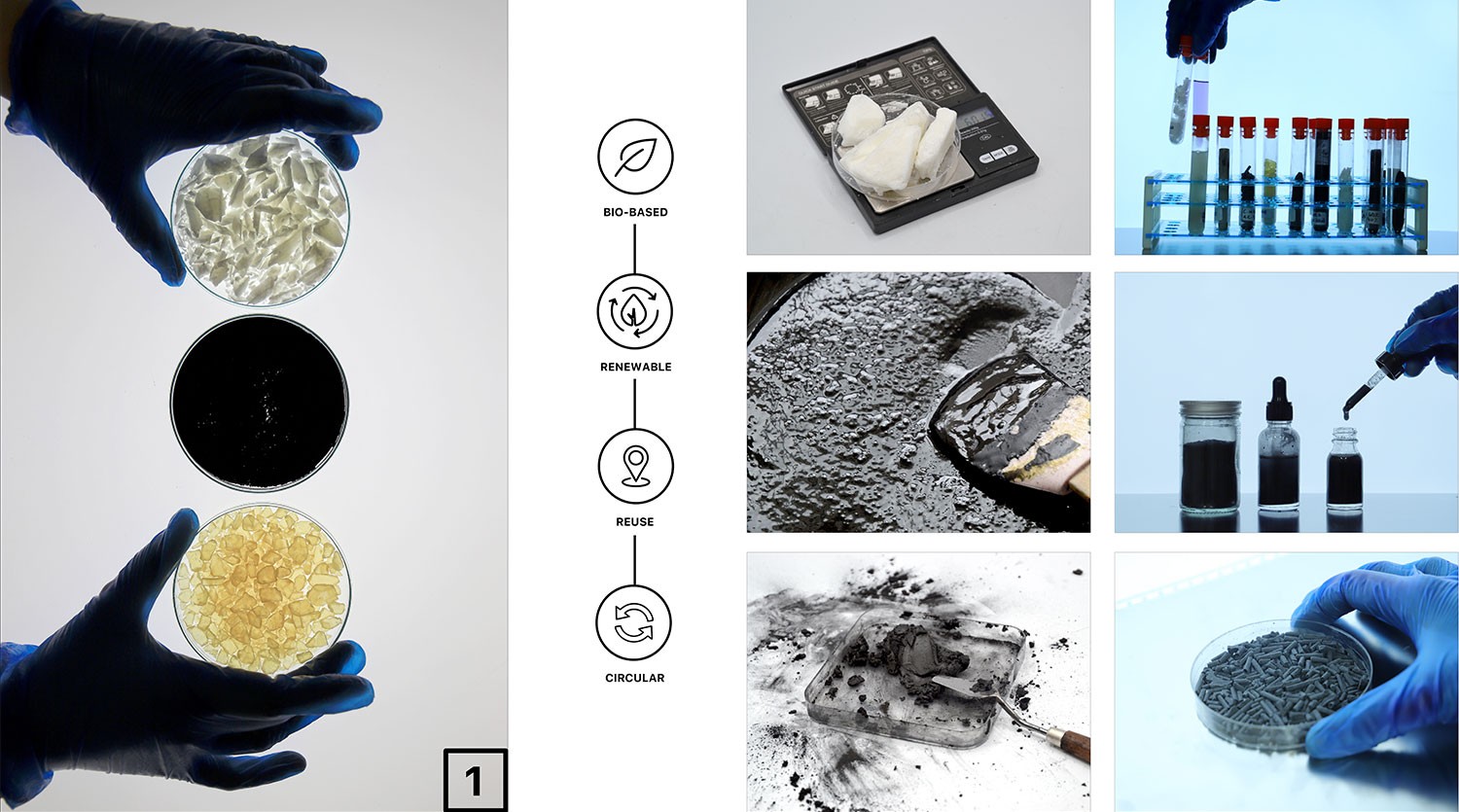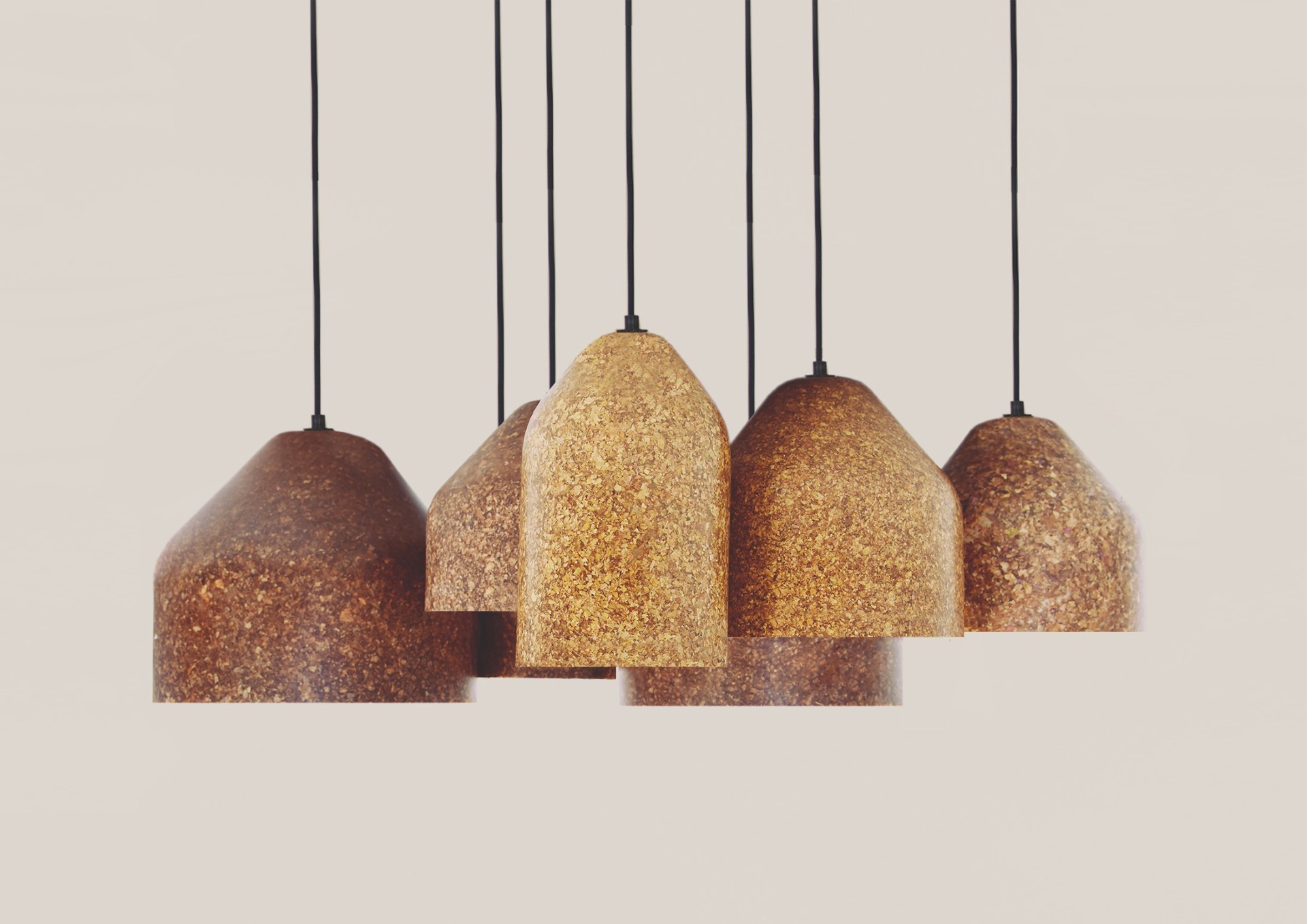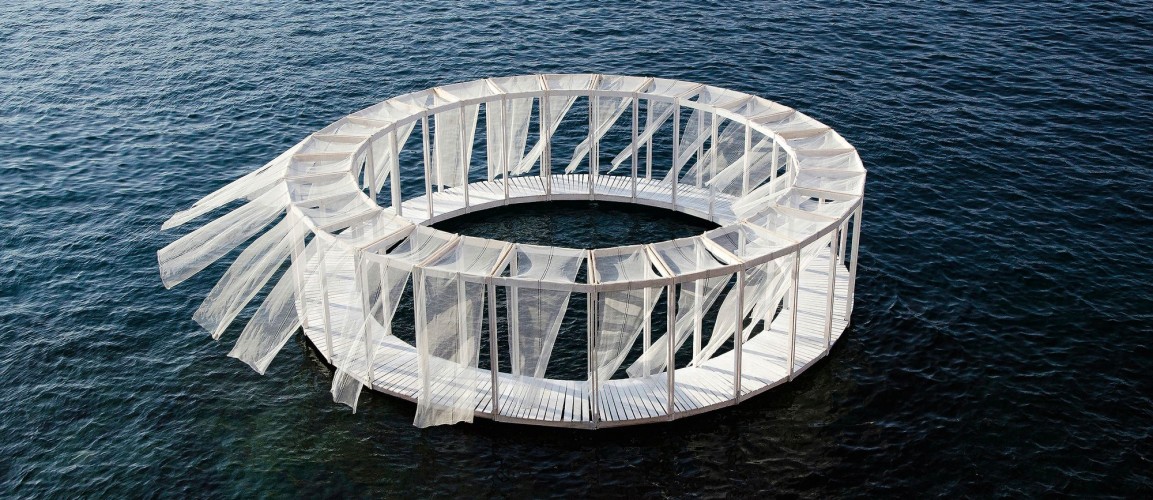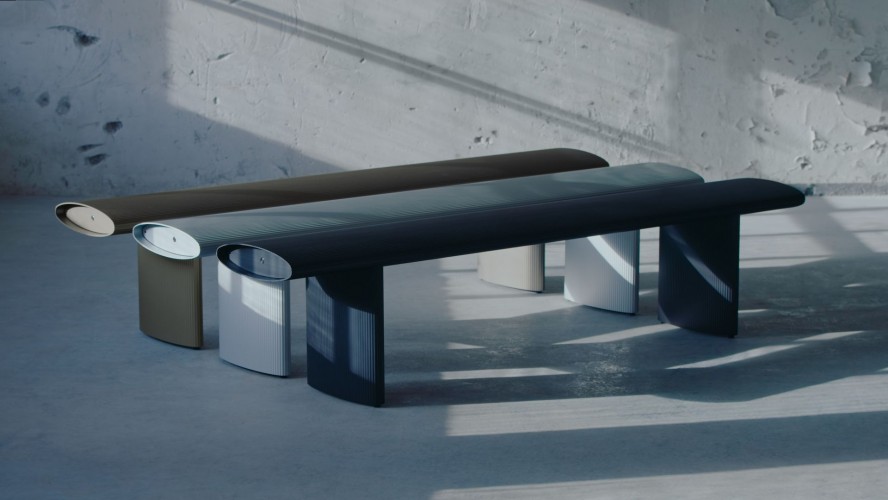Το μέλλον του βιώσιμου design είναι εδώ | Part I
DS.WRITER:
Sophia Throuvala
Πηγή κεντρικής εικόνας: https://www.springwise.com/sustainability-innovation/health-wellbeing/bioplastic-face-shield-food-waste/
Το bio-design είναι από τις σημαντικότερες εκδοχές σχεδιασμού σήμερα. Η ανάπτυξη των μέσων παραγωγής και η συνεχόμενη έρευνα από πλευράς τόσο των studios όσο και μεμονωμένων δημιουργών, είναι ολοένα αυξανόμενη. Η ανάγκη που έχει προκύψει για την ανεύρεση λύσεων σε σχέση με το οικολογικό ζήτημα, αποτελεί ταυτόχρονα πρόκληση και έμπνευση για τους ανερχόμενους σχεδιαστές.
Σε αυτό το άρθρο παρουσιάζονται μερικοί από τους πλέον ενεργούς designers στον τομέα του δημιουργικού βιο-σχεδιασμού, οι οποίοι επιλέγουν βιώσιμα και βιοδιασπώμενα υλικά για τη δημιουργία μοναδικών αντικειμένων, ενώ παράλληλα εφευρίσκουν εναλλακτικά υλικά που μπορούν δυνητικά να διαδοθούν και τελικά να χρησιμοποιηθούν αντί των κλασικών -επιβλαβών για το περιβάλλον- λύσεων, όπως είναι για παράδειγμα το πλαστικό.
H Alice Potts ασχολείται με την έρευνα και την ανακάλυψη νέων υλικών. Τα τελευταία έξι χρόνια υποστηρίζει με τη δουλειά της τη βιώσιμη ανάπτυξη στο design μέσα από τη χρήση των βιοκατασκευών, εξετάζοντας τη σχέση βιολογίας και υλικότητας. Τα προϊόντα της ονομάζονται “βιοπλαστικά” και αποτελούνται από τροφή που έχει απορριφθεί, η οποία έχει επαναπροσαρμοστεί σε στερεά μορφή, σε κάτι που μοιάζει με τη σιλικόνη, επιτρέποντάς της έτσι να δημιουργεί αντικείμενα με τις άπειρες δυνατότητες που παρέχει το νέο υλικό, οι οποίες εκτείνονται από την ύφανση μέχρι και τη γλυπτική.
Το «Decomposition of Materiality and Identities» της Scarlett Yang αναζητά βιώσιμες σχεδιαστικές εναλλακτικές λύσεις, μέσω του συνδυασμού του bio-design και της ψηφιακής κατασκευής, με τις τρισδιάστατες προσομοιώσεις (3D-generative simulation) και τον “παραδοσιακό” σχεδιασμό. Τιμήθηκε πρόσφατα με το βραβείο LVMH Maison/0 Green Trial. Η Yang έχει πειραματιστεί εντατικά με τους παραπάνω συνδυασμούς και έχει καταλήξει σε ένα ύφασμα που μοιάζει με γυαλί, κατασκευασμένο από εκχύλισμα φυκιών και πρωτεΐνη μεταξιού. Το έργο της ξεκινά να βιοδιασπάται μετά από 24 ώρες καθώς είναι πλήρως οργανικό, και ενδιαφέρεται να ανοίξει μια συζήτηση για την απομάκρυνση από το μόνιμο, προτείνοντας το εφήμερο ως κατασκευαστική λύση.
.jpeg)
Πηγή εικόνας: https://www.youfab.info/2020/winners/decomposition-of-materiality
Η Blast είναι μια ομάδα ερευνητών-εργαστήριο, που ιδρύθηκε το 2018 με στόχο τη διερεύνηση των πιθανών σχέσεων μεταξύ νέων τεχνολογιών και έμβιων οργανισμών, με σκοπό την ανάπτυξη νέων διαδικασιών καλλιτεχνικής και αρχιτεκτονικής δημιουργίας. Τα εργαλεία ψηφιακής σχεδίασης και κατασκευής βρίσκονται στο επίκεντρο των πειραμάτων τους. Το Blast Studio αναπτύσσει έρευνα για να εξερευνήσει νέους τρόπους, ώστε να φέρει τη φύση και την τεχνολογία σε διάλογο. Αυτό επιτυγχάνεται με τη δημιουργία ενός αστικού οικοσυστήματος, το οποίο ανακυκλώνει τα απόβλητα σε βιώσιμα αντικείμενα, όπως έπιπλα.

Πηγή εικόνας: https://www.stirpad.com/news/stir-news/seaweed-textiles-to-shoe-sole-doorstops-eco-friendly-products-redefining-innovation/
Η Marie Melcore είναι μια ακόμα δημιουργός που καταφεύγει στις πολλές χρήσεις του “υπολείμματος”. Χρησιμοποιώντας απομεινάρια φρούτων και λαχανικών, καταλήγει στη δημιουργία ενός βιώσιμου και ηθικού υποκατάστατου του δέρματος. Τα διαφορετικά χρώματα και οι πολλές υφές προκύπτουν από τα διαφορετικά φρούτα που χρησιμοποιεί, των οποίων τα εξωτερικά περιβλήματα θυμίζουν δέρματα ζώων. Έτσι, προτείνει την κατάργηση της εκμετάλλευσης ζώων, μιας παράδοσης που αποτελεί μια από τις χειρότερες πλέον βιομηχανίες παγκοσμίως.

Πηγή εικόνας: https://www.fashioncrossover-london.com/marie-melcore-design-process-i4161
Το Peel Saver είναι “παιδί” της ιταλικής κολεκτίβας design Simone Caronni, Paolo Stefano Gentile και Pietro Gaeli. Οι σχεδιαστές έχουν αναπτύξει συσκευασίες με οικολογικό υλικό, φτιαγμένο από φλούδες πατάτας. Χρησιμοποιώντας το φυσικό άμυλο και τις ίνες της πατάτας, δημιουργούν ένα μείγμα το οποίο αφήνεται να στεγνώσει φυσικά, για να κολλήσει τελικά, με αποτέλεσμα ένα υλικό απολύτως βιοδιασπώμενο. Μετά τη χρήση του, το δέρμα-χαρτί μπορεί να επαναχρησιμοποιηθεί ως φυτικό λίπασμα.
.jpg)
Πηγή εικόνας: https://paolostefanogentile.it/project/peel-saver/
Το MIYUCA σημαίνει χειροποίητος σχεδιασμός προϊόντων, με χρήση φυσικών υλικών. Από το 2015, το στούντιο έχει δημιουργήσει αντικείμενα από φθινοπωρινά φύλλα. Αυτά τα προϊόντα ονομάζονται LAAB, που κυριολεκτικά μεταφράζεται ως «φύλλα» στη γλώσσα του Νότιου Τιρόλου. Η Jasmin Castagnaro ίδρυσε τη MIYUCA, αφού εργάστηκε ως βιομηχανική designer για πολλά στούντιο. Εμπνευσμένη από το φως που λάμπει μέσα από τα φύλλα το φθινόπωρο, η MIYUCA ανέπτυξε μια μοναδική σειρά λαμπτήρων, με στόχο τη χρήση πρώτων υλών που συνήθως θεωρούμε απόβλητα. Τα αμπαζούρ LAAB είναι χειροποίητα και μοναδικά σε σύνθεση, ενώ είναι διαφανή. Οι τύποι των φύλλων είναι αυτοί που τελικά καθορίζουν τη δομή και το χρώμα του κάθε αντικειμένου. Πολλά από τα επιμέρους εξαρτήματα, τα οποία κανονικά είναι κατασκευασμένα από πλαστικό, έχουν αντικατασταθεί από χειροποίητο μέταλλο.









